Synthetic Stucco
In the modern construction industry, synthetic stucco has emerged as an advanced and versatile material. Known as Exterior Insulation and Finish Systems (EIFS), synthetic stucco presents itself as an alternative to traditional stucco, enhancing aesthetics and functionality. Here’s an in-depth look into synthetic stucco, its benefits, and its key features.
Synthetic Stucco vs. Traditional Stucco
Synthetic Stucco:
A composite of multiple layers, including an insulation board, water-resistant base coat, fiberglass mesh, and finish system, synthetic stucco is known for its energy efficiency and aesthetic appeal.
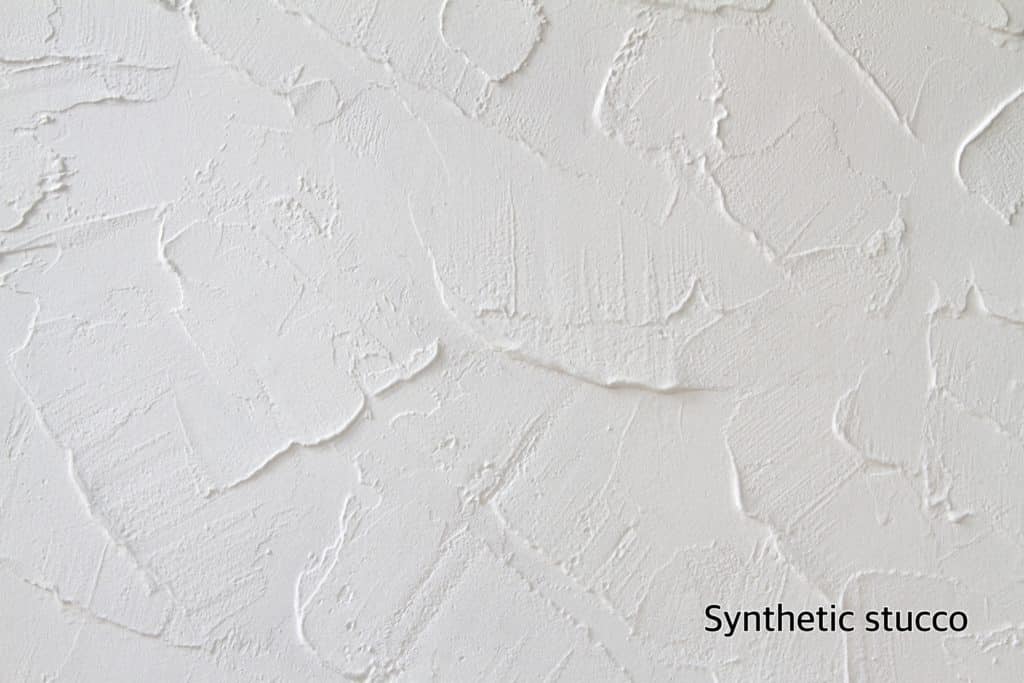
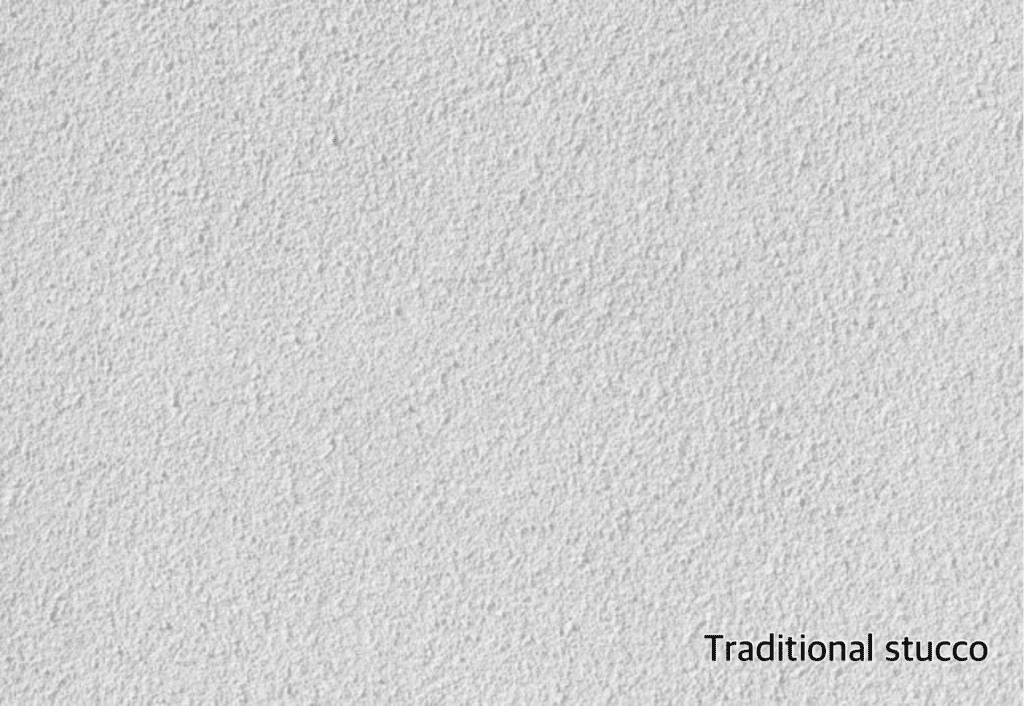
Traditional Stucco:
Consisting of Portland cement, sand, and lime, traditional stucco has been a popular exterior cladding for many years. It’s appreciated for its fire-resistant properties but may be highly susceptible to moisture intrusion if not properly sealed.
Benefits of Synthetic Stucco
Energy Efficiency:
With insulating properties, EIFS increases home energy efficiency by reducing thermal expansion and contraction.
Low Maintenance:
Unlike traditional wooden siding, synthetic stucco requires minimal care, though regular cleaning and inspections are necessary.
Highly Resistant:
It is highly resistant to harsh weather conditions and offers excellent weather protection.
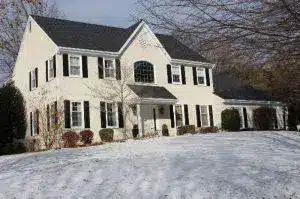
Proper Installation of EIFS
Drainable EIFS:
Properly installed with a drainage plane, drainable EIFS helps in preventing water intrusion.
Moisture Readings:
A certified EIFS inspector should conduct moisture readings to ensure the wall cavity is dry, preventing further damage.
Base Coat and Top Coat:
The application of a base coat with fiberglass mesh and a finish system creates a water-resistive barrier.
Dryvit Systems:
One of the leading EIFS manufacturers, offering various architectural styles and finish systems.
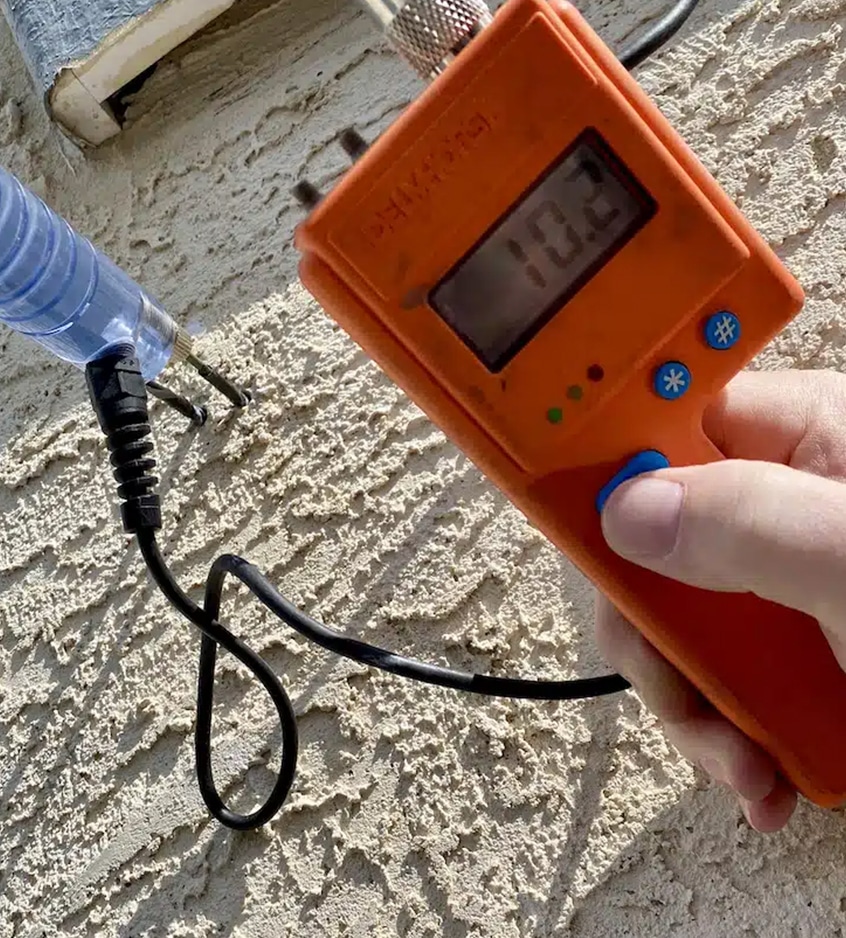
Potential Risks
Moisture Intrusion:
If not properly maintained with regular inspections, moisture can lead to dry rot and structural damage.
Shifting Foundations:
A wall assembly must be properly monitored for any movement, as shifting foundations can impact the building envelope.
Cost Effectiveness:
Though energy-efficient and low maintenance, EIFS can be costlier than traditional options like brick or wood siding.
A Revolution in Residential and Commercial Buildings
EIFS has seen widespread adoption in the residential housing market and commercial building sector since World War II. Its aesthetic appeal, added insulation, and ability to resist water make it suitable for various building types.
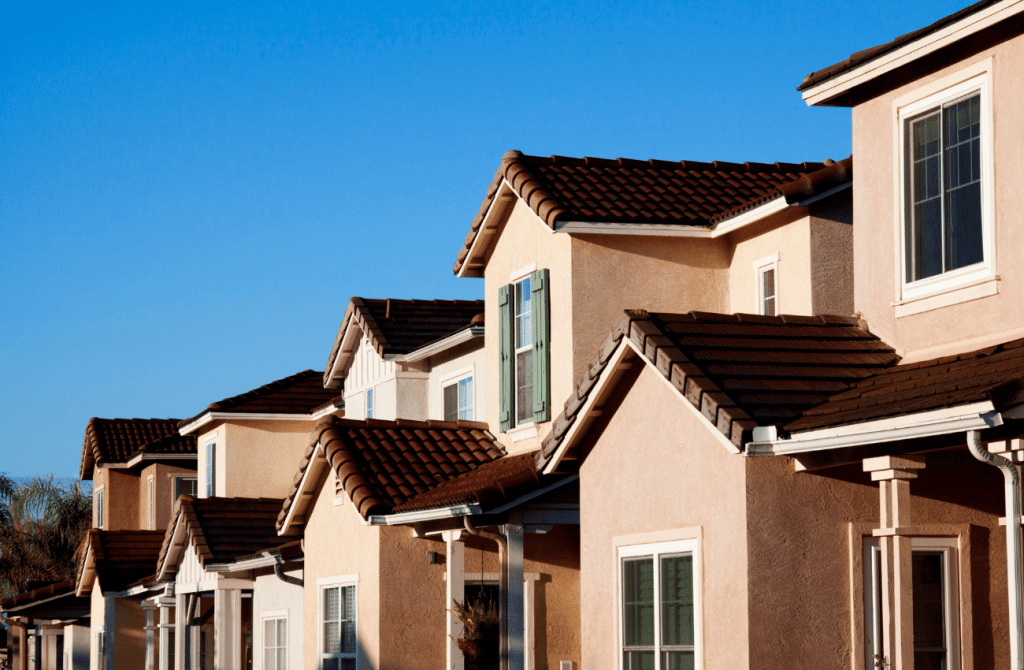
Synthetic Stucco Overview
Synthetic stucco represents a significant advancement in exterior insulation and finish technology. Whether it’s applied correctly to commercial buildings or residential homes, its multiple layers provide an energy-efficient barrier system. However, proper installation, inspection by a certified EIFS inspector, and regular maintenance are crucial to prevent moisture intrusion, termite infestations, and other potential problems.
With a growing trend towards energy-efficient construction and a wide range of aesthetic options available, synthetic stucco continues to be a preferred choice over real stucco and other traditional materials like vinyl siding and expanded polystyrene. The choice between traditional and synthetic options depends on individual needs, including budget, aesthetic preferences, and the importance of factors such as energy efficiency and low maintenance.
Considering synthetic stucco for your next project? Ensure you consult with professional EIFS installation experts and follow proper guidelines to enjoy the full benefits of this remarkable material.
